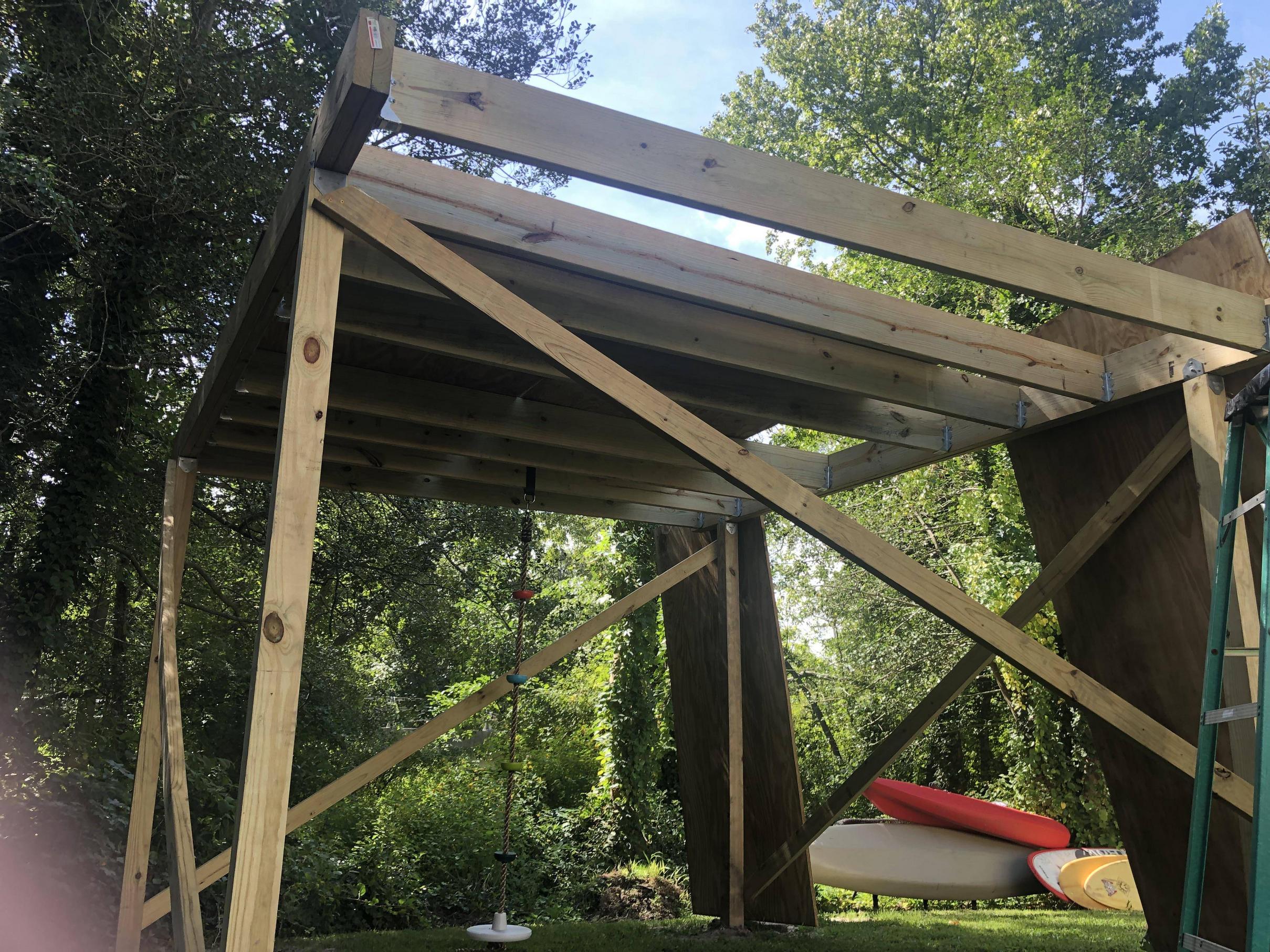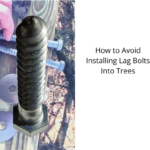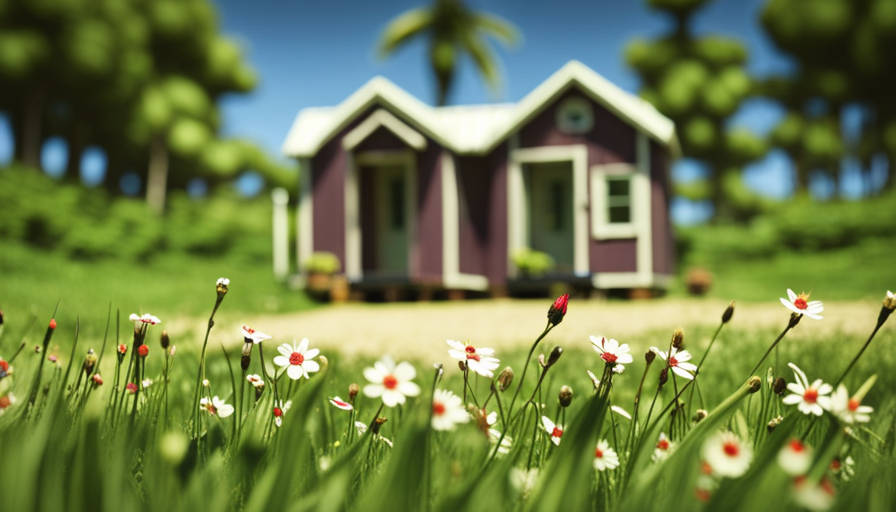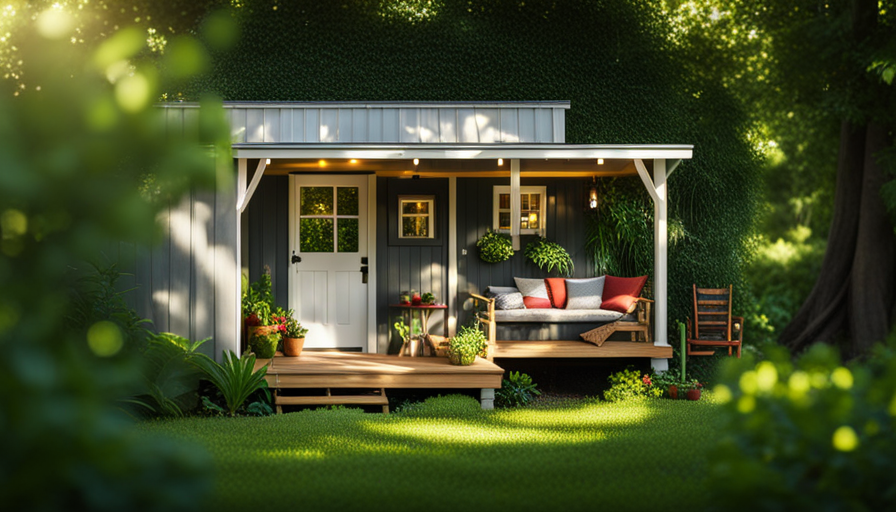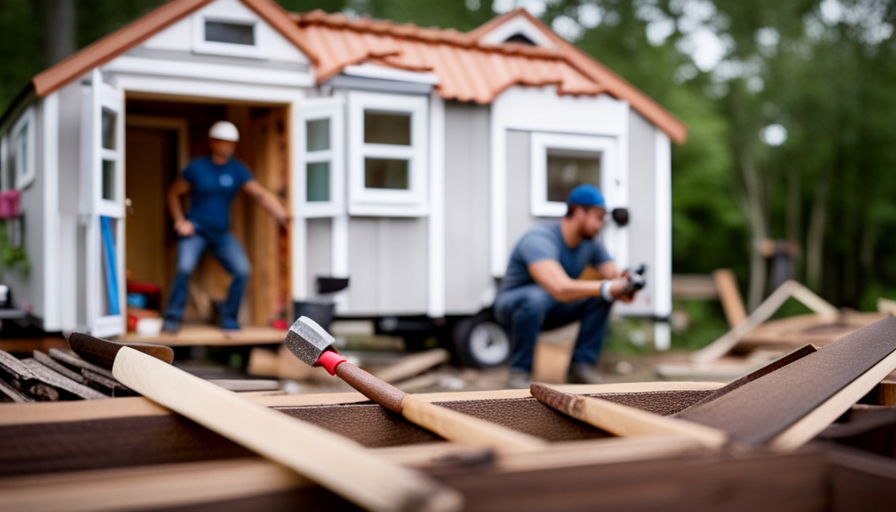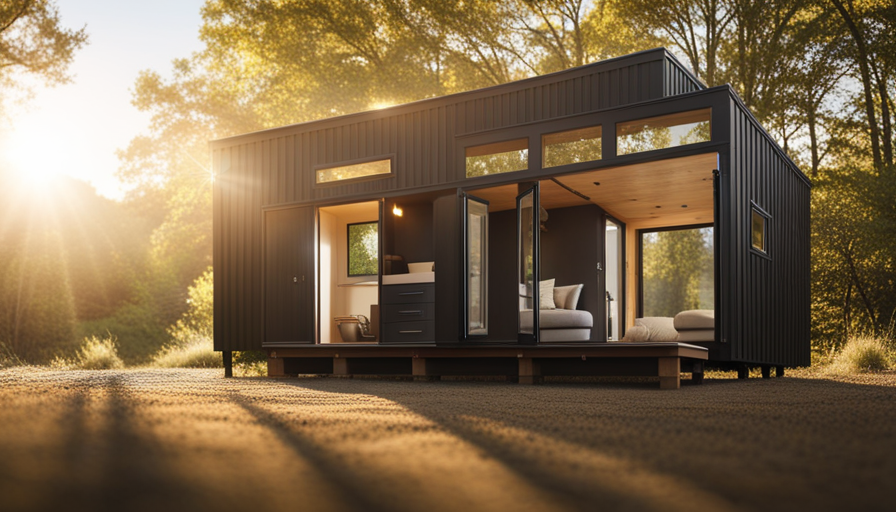There are different types of hardware available for building a tree house, such as half-lap joints and lag bolts. It is essential to investigate and evaluate the various options to ensure a sturdy construction. Incorporating these diverse hardware choices can make building your tree house much easier.
Lag bolts, for example, are ideal for large posts. They can also be used to attach limbs. In addition to bolts, you may consider using other fasteners, such as lag screws.
Lag Bolts
Treehouse hardware such as lag bolts can be a great way to keep your structure securely fastened to a tree. Lag bolts are usually one inch long and will attach the braces to the tree. You can use a metal tube to guide you during drilling. You can use the metal tube to measure the distance from the bracket to the tree. Thread the lag bolt, leaving the head two to three inches above the bracket. Next, install the full-length decking, positioning it 3 inches from the tree. Then, use ring-shank nails to secure the decking to the tree.
To choose the right size for your project, you must take measurements to ensure you get the right fit. Measure the width of the pieces you want to attach to the trunk, then select a lag bolt about 1/4 inch shorter than the combined width of the details. For lightweight builds, you can choose 5/16-inch bolts. For heavier bodies, you can opt for 3/8-inch bolts. Old West Iron is a great resource to help you select the correct size for your project.
You can also use eye bolts on the outside of the floor near the limbs. You should also place washers between the wood and the screws. In addition, you can also use larger 8-inch screws to connect two planks to the tree. These lag bolts are very secure and can help keep your tree house in place. If you’re not comfortable installing the hardware, consult with a professional for assistance.
The size of the lag bolts that you use should be appropriate for your project. When using a large-diameter lag bolt, make sure to drill a pilot hole, which will ensure proper alignment. While a single hole will not harm your tree, it’s essential to make sure that the threads of the lag bolt will dig deep into the wood to ensure a solid hold.
Field Post
A well-installed field post is crucial to a safe and secure tree house. The type of hardware you choose depends on the species of tree you are building on and the load it will bear. Check your treehouse’s hardware annually to ensure it is functioning properly. Using improper hardware can be dangerous to all parties.
The pipe brackets are a great choice to secure the platform to the tree. They can be attached to the beam with lag bolts or TABs. They are usually made of steel with a powder-coat finish. Pipe brackets are 1.25″ in diameter and fit only one-inch-diameter pipes. Use lag bolts if the pipe is less than 12 inches in diameter. Pipe brackets also come in different lengths and should be measured to ensure they fit securely.
Bolts are used to attach the treehouse to the tree. These specialized bolts are designed to distribute the weight evenly. Some can support loads of 2000 pounds. They are typically made from two pieces of steel with four sections. Using these specialized bolts will prevent damage to the tree. Moreover, they are easy to install and will not damage the tree. The treehouse hardware you purchase should fit your chosen tree’s specifications.
While the placement of screws and nails is essential, the quality of the tree is most important. The tree’s health is crucial for the treehouse’s stability and preventing damage. If the tree is healthy, it will begin compartmentalizing when you drill the holes for the screws and nails. A stronger tree will be more able to handle the weight of the nails. If the tree is unhealthy, you should avoid drilling the tree.
Garnier Limbs
The Garnier limb is a unique steel bolt that Michael Garnier and engineer Charley Greenwood developed. This patented design permits large loads to be supported by a healthy host tree. It is used to secure stunning treehouse designs without harming the tree. It is available in two different sizes: 1″ and 1.75″. You must have the proper hardware to build a treehouse using Garnier limbs.
The type of treehouse hardware you use will significantly affect the safety of your tree and the building. You must ensure that the fasteners you use are durable and perch the main beams several inches away from the tree’s trunk. The spacing is essential to allow the tree to grow around the tree and support the tree house. If you use artificial limbs, you must buy specialized hardware for treehouses. In this line, you can find Treehouse Attachment bolts, Floating Brackets, and Pipe Brackets.
Once you have the hardware, you’ll need to install the Garnier tree house hardware. The limbs are attached to the Garnier Tree House Hardware and sold separately. To install them, follow the instructions included in the boxes. You can also follow the video tutorial by Daryl Dawson for more detailed information. It will guide you through the process step-by-step. If you’re unsure how to install the TABs, you can watch Daryl Dawson’s installation video.
If you’re not comfortable using a drill, you can rent a custom-made drill bit from Michael Garnier for $50. You’ll need to drill three holes of different diameters to secure the GL. The first hole should be an inch wide so that the special threads on the GL can grip the tree. After the first hole, you need to drill two more holes of different sizes. The last one is about three-quarter inches wide.
Half-Lap Joint
The half-lap joint is a common way to secure a tree house’s hardware. It involves inserting a piece of wood that is one-half to two-thirds of the post’s width into a vertical hole. After the joint is fitted, a small clamp or bar should be used to draw the pieces together tightly. The faces of the joint should be protected by scrap wood to prevent it from being damaged by the jaws of the clamps. Half-lap joints can be centered or offset, depending on where you’d like to secure them.
Before using bolts, you should ensure that the tree is strong enough to handle the weight. Use galvanized screws instead of nails. The screws you choose should be long enough to fit the bolt. You can also use lag bolts if you don’t want to drill a big hole into the tree. These bolts will tighten into a predrilled hole. The length of the bolt is less than the thickness of the beam, so it is easy to drill a fix for it with a standard drill bit.
Another alternative to bolts is to use TABs. They are stronger than lag bolts and require a particular drill bit to form a hole. They are most commonly used when attaching supports to huge trees. Nelson Treehouse Supply and Tree House Supplies both sell TABs. They can be expensive but are well worth the investment in your child’s treehouse. However, they require a bit that is made specifically for this purpose.
While there are several differences between these two types of connections, most of them have similar features. The primary difference is that a half-lap joint has a smaller net cross-section than a full-lap joint. It is still important to use through bolts for added strength. And through-plane connectors are usually less stiff than the through-plane version. The main advantage of a double-lap joint is that it can transfer axial tension.
I’m Theodore, and I love tiny houses. In fact, I’m the author of Tiny House 43, a book about tiny houses that are also tree houses. I think they’re magical places where imaginations can run wild and adventures are just waiting to happen.
While tree houses are often associated with childhood, they can be the perfect adult retreat. They offer a cozy space to relax and unwind, surrounded by nature. And since they’re typically built on stilts or raised platforms, they offer stunning views that traditional homes simply can’t match.
If you’re looking for a unique and romantic getaway, a tree house tiny house might just be the perfect option.

